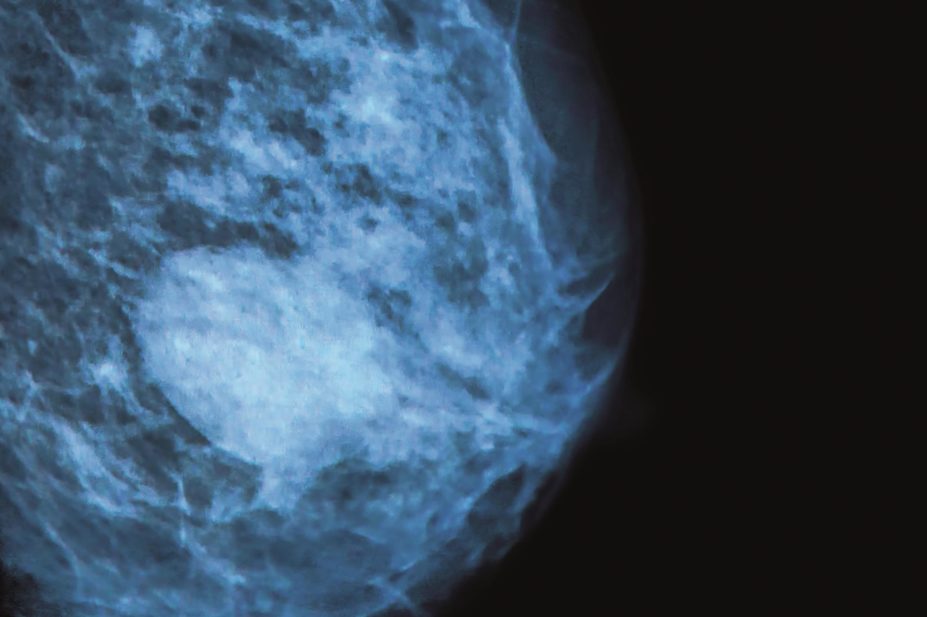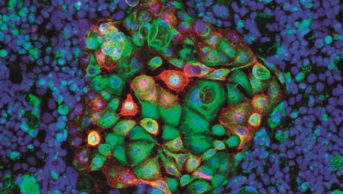
Shutterstock.com
Tamoxifen used in primary prevention cuts the risk of breast cancer by around 30% and this benefit lasts for at least 20 years, a long-term follow-up of the International Breast Cancer Intervention Study (IBIS-I) shows.
The latest extended analysis was presented at the San Antonio Breast Cancer Symposium by Jack Cuzick, lead author of the study, and published simultaneously in The Lancet Oncology[1]
.
IBIS-I included 7,154 women aged 35–70 years who were at high risk of developing breast cancer, primarily due to family history. During a median follow-up of 16 years, there were 251 breast cancers among women who had taken tamoxifen 20mg for five years versus 350 breast cancers in women who had taken a matching placebo.
This equated to a hazard ratio (HR) of 0.71 (95% confidence interval 0.60–0.83; P<0.0001), with an estimate that 22 women needed to be treated for five years in order to prevent one breast cancer in the next 20 years.
Tamoxifen was particularly effective at preventing invasive oestrogen-receptor-positive breast cancer and ductal carcinoma in site, with HRs of 0.66 (95% CI 0.54–0.81) and 0.65 (95% CI 0.43–1.00), respectively.
There was no difference in all-cause mortality or breast cancer mortality between the groups. Another ten years of follow-up will be needed to provide a definitive answer to the question of whether tamoxifen cuts mortality, according to Cuzick. “Less than 5% of women in the study have died, so we still have a lot to learn,” he says.
Endometrial cancer – a known risk associated with tamoxifen – was 3.8 times more common in the tamoxifen group during the treatment period than in the placebo group. There was no increased risk of endometrial cancer in the follow-up period, however, and the total number of cases was low, at 29 with tamoxifen versus 20 with placebo.
The results of IBIS-I substantially improve the benefit-to-harm ratio for the use of tamoxifen to prevent breast cancer in high-risk women, according to the study authors. “The new data should increase uptake of tamoxifen, especially for pre-menopausal women where the long term benefits are particularly important,” says Cuzick.
Tamoxifen was significantly more effective in women who were not using hormone replacement therapy (HRT) during the treatment period – a finding that has not been reported previously. The data indicate a clear loss of efficacy of tamoxifen in the presence of concomitant menopausal hormone therapy and “strongly indicate that HRT should be avoided when taking tamoxifen”, says Cuzick. This issue will be explored in future analyses of the IBIS-I dataset, he adds.


